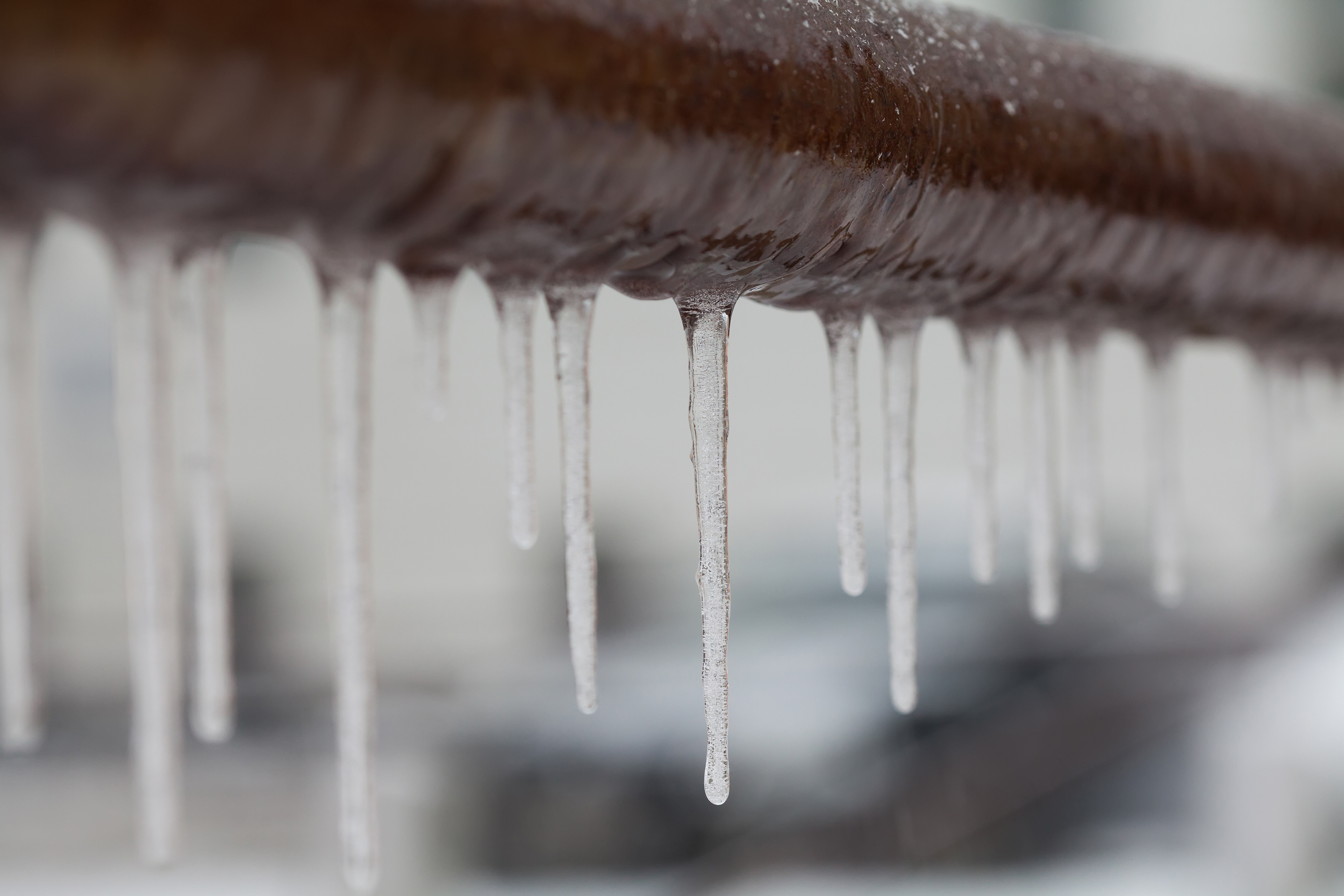

Worried about a sudden cold snap causing frozen pipes at home? Harsh winter storms can leave homes without power, and people snowed in. With the threat of an icy blast lasting weeks, even if your home has escaped damage in the past it's worth taking action now to prevent future problems.
Harsh frosts can quickly freeze water solid in pipes. This creates a lot of pressure inside which can lead to small cracks that allow damaging leaks to seep out. Or the pipes can burst and send water cascading down walls and ceilings, causing hundreds, even thousands of pounds worth of water damage.
How to spot if pipes have frozen
Pipes can freeze in six to eight hours so it may happen overnight while you are asleep and you won't be aware of what has happened until the next morning. The temperature needs to have stayed below -6 degrees Celsius for it to happen. Pipes most at risk are those that are uninsulated and in areas where they are more exposed to the cold; perhaps in unheated lofts, basements or garages. Metal pipes will freeze quicker and thaw more slowly than PVC pipes.
The telltale signs are only a trickle of water coming from your kitchen tap or faucet. Your pipes might be visibly bulging or covered in condensation and small cracks. The main risk is the expansion of the water inside frozen pipes, which can damage them and the entire water system.
What to do if pipes are frozen?
You can leave them to unfreeze on their own, but this could take days during a prolonged cold snap as you are reliant on the weather improving and the temperature rising. And waiting and leaving it to nature to warm things up can carry risks as, when the ice does begins to thaw, any water caught between the tap and the ice will cause increased pressure within the pipe and could lead to it bursting.
Prevention is better than cure, and there are a number of ways to stop pipes freezing in the first place to avoid leaking pipes and more issues altogether.
We talked to the boiler suppliers (and experts) at Boiler Plan, who gave us these handy tips on what to do if the worst happens.
Join our newsletter
Get small space home decor ideas, celeb inspiration, DIY tips and more, straight to your inbox!
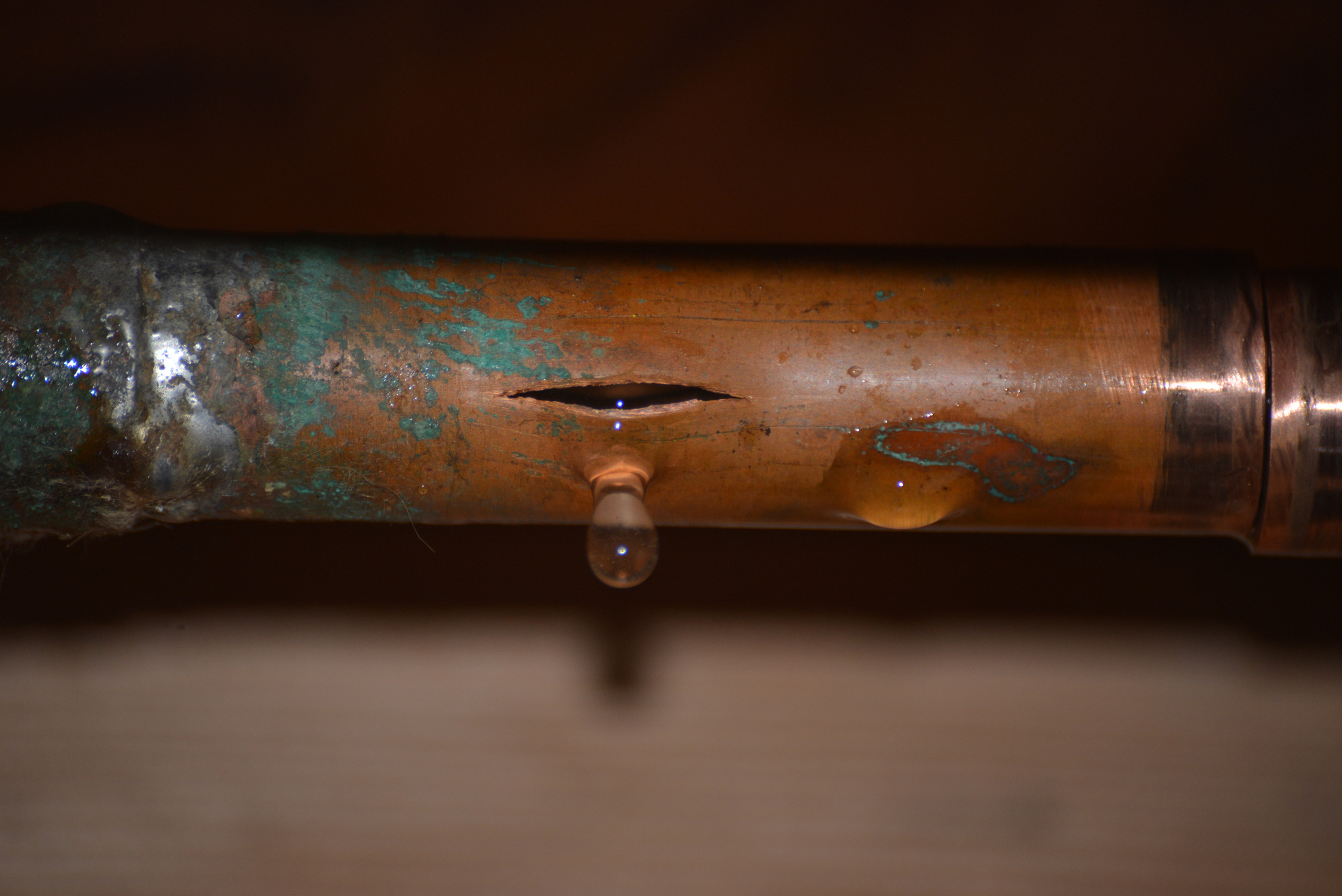
4 ways to thaw frozen pipes yourself
If you set on unfreezing your pipes yourself, there are a few simple solutions for a DIY home fix. Start by making sure you’ve turned the water supply off at the mains before starting, as the constant flow of water could cause more problems as you try to thaw the pipes. Close the water supply valve, which is usually located by your water meter near the boiler or under the sink.
1. Use a hot water bottle
Outside pipes (particularly the wastewater pipe) often get frozen, but can be easily thawed with a hot water bottle. If you have been using one overnight in readiness for the cold, you can rewarm the water you had in that. Make sure the heat is not too extreme, then cuddle your pipes with it.
2. Keep a portable heater close by
If you don't have any water, or a hot water bottle, you can place a portable heater in the same room as the frozen pipe and leave it to heat up and thaw the pipe slowly.
3. Use a hair dryer
Or use a hair dryer to direct a stream of hot air at the frozen pipe (making sure the dryer is away from any water). The temperature of most hair dryers is adjustable so you can be careful not to overheat the pipe.
4. Thaw it out with a heat lamp
Place a heat lamp close to the pipes and wait for the water to thaw. There can be mild swelling or expansion in the areas of the pipes containing frozen water, which will influence where you place the lamps. This should disappear once the water starts flowing.
How to thaw frozen boiler pipes
In the case of a frozen condensate boiler pipe, there might be flashing lights, a gurgling noise from the boiler when it's switched on and the front display saying ‘blocked’. Tackling it requires a ladder and some warm water (hopefully there is still some left in the kettle).
1. First locate your pipe: brave the cold and go outside to find your condensate pipe – it’s usually a white or grey plastic pipe coming out from the back of your boiler to the outside wall of your home. It discharges wastewater vapour from the system. If it’s blocked, it forces the boiler to shut down for safety reasons.
2. Thaw it out: the easiest way is to put it in contact with warm water. A couple of jugs of warm – not boiling – water poured over the exterior of the pipe will melt the ice inside. If it’s too hot, the rapid change of temperature could crack the plastic pipe. If you don’t have a jug to hand, use a hot water bottle or warm flannel.
3. Turn it on: with the frozen blockage melted, reset the boiler and your central heating system should work as normal.
7 ways to prevent frozen pipes
1. Ensure water is regularly run from exposed pipes by turning taps on frequently. If frost is forecast or suspected on any pipes, leave the connecting tap on drip for a while.
2. Leaving the heating off to save money and then cranking it up for a short time when it’s really cold could create problems, as the pipes can cool down to freezing temperatures when not being used. Opt for a consistent, relatively low temperature to save on heating bills. There is usually a frost setting on your thermostat so set it to that if you are away from the house for any length of time.
3. Insulating the loft and cavity walls can make sure indoor pipes are at a temperature that won’t freeze, and will also keep your whole house warm, too. Add foam insulation directly to exposed pipes, which is inexpensive and very effective.
4. Buy heating tape. This often looks more like an electrical cord than a tape and is designed to produce controllable heat. It can be run alongside or even wrapped around pipes that are at particular risk of freezing.
5. Make sure doors are kept closed to the garage or porch if exposed or ‘at risk’ pipes are in these areas, especially at night time. However, keeping internal doors in the house open can allow heat to circulate. If you leave doors to cabinets and pantries that conceal pipes open, that will also allow warmth from the home to reach them.
6. Stay alert for signs that a pipe may have frozen, such as weak water supply or strange smells from taps or drains. Check pipes for frost on the outside as this will also indicate the water is frozen inside.
7. Look for any gaps or holes where pipes run through walls or floors and seal them up to stop cold air from coming in. Are there air leaks around electrical wiring, dryer vents and pipes? Use caulk or insulation to prevent icy draughts finding a way in – even a small opening can let in enough cold air to cause a pipe to freeze.

Alison is Assistant Editor on Real Homes magazine. She previously worked on national newspapers, in later years as a film critic and has also written on property, fashion and lifestyle. Having recently purchased a Victorian property in severe need of some updating, much of her time is spent solving the usual issues renovators encounter.
-
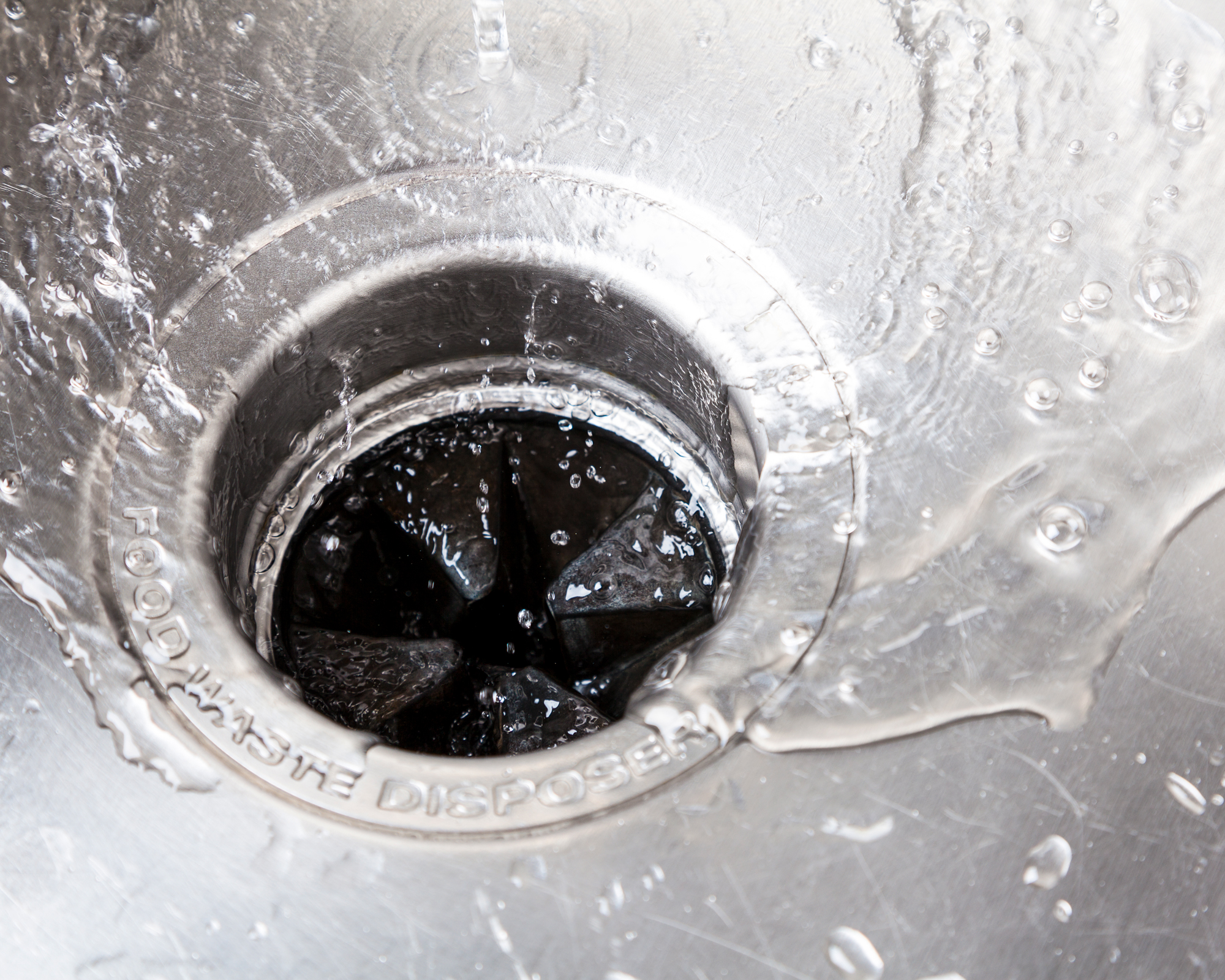 How to fix a garbage disposal – 5 common problems and the best solutions
How to fix a garbage disposal – 5 common problems and the best solutionsSee how to fix a garbage disposal that is humming or simply not working as it should. These are the 5 most common problems and fast solutions.
By Sarah Warwick Published
-
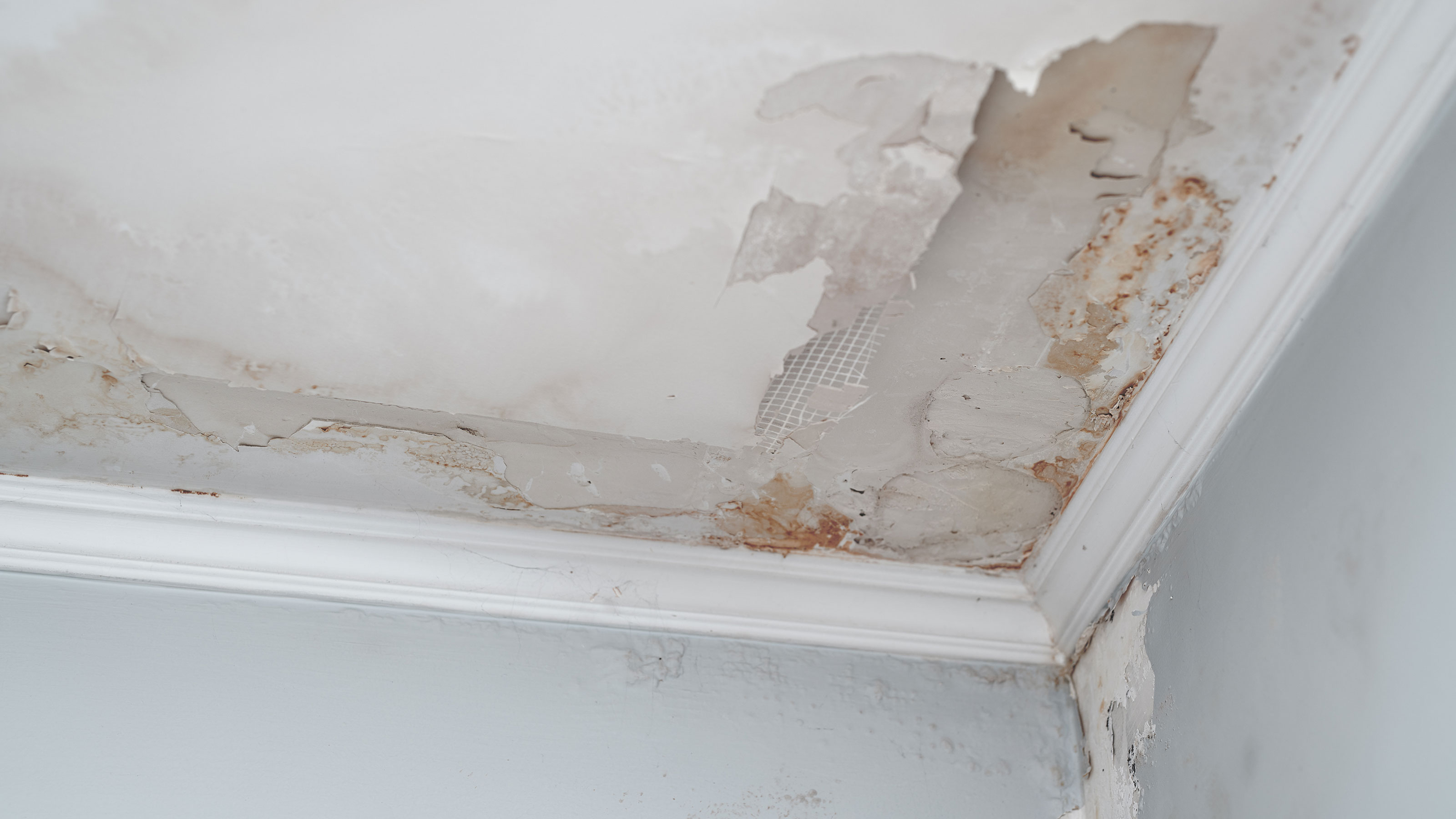 Water damage repair in a house – the cost to fix it and where to start
Water damage repair in a house – the cost to fix it and where to startNeed to make water damage repair? Here’s the lowdown from the experts
By Sarah Warwick Published
-
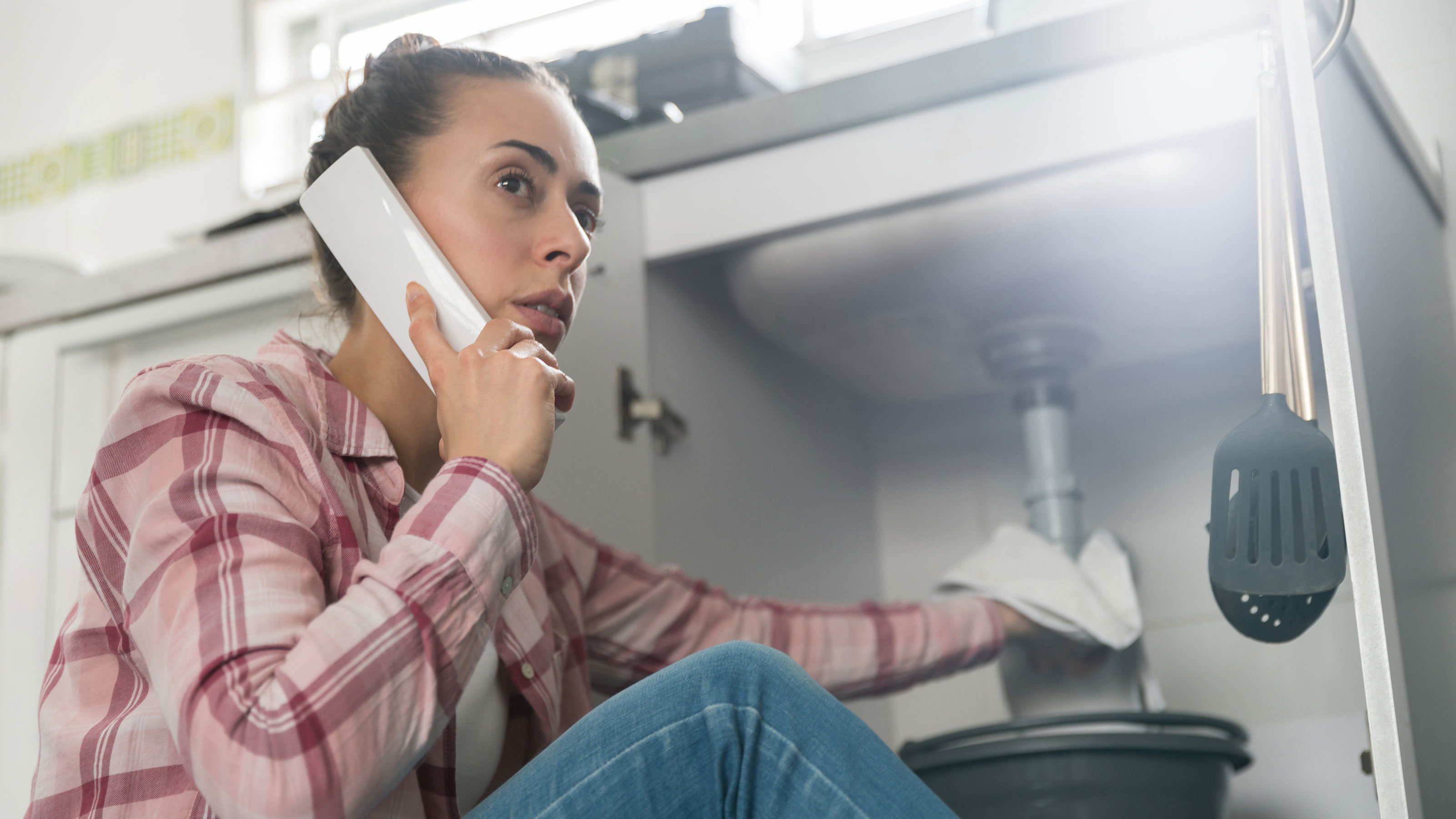 Leaking pipes – common causes and what to do
Leaking pipes – common causes and what to doHow to deal with leaking pipes in your home with advice from the experts
By Sarah Warwick Published
-
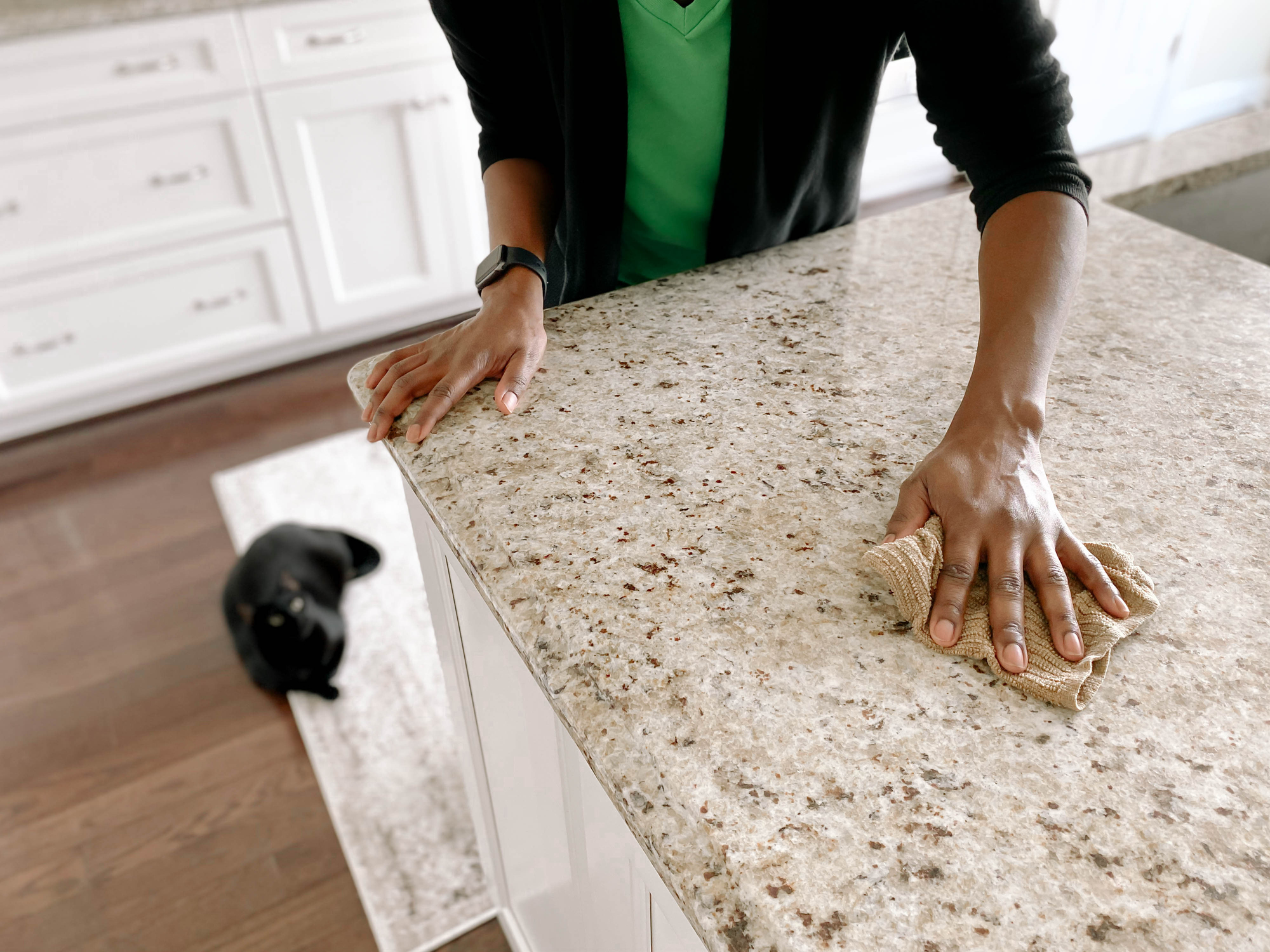 How to seal a granite countertop
How to seal a granite countertopPreserve your investment with proper daily care and the right products for cleaning, sealing, and polishing your granite or other natural stone.
By Carol J. Alexander Published
-
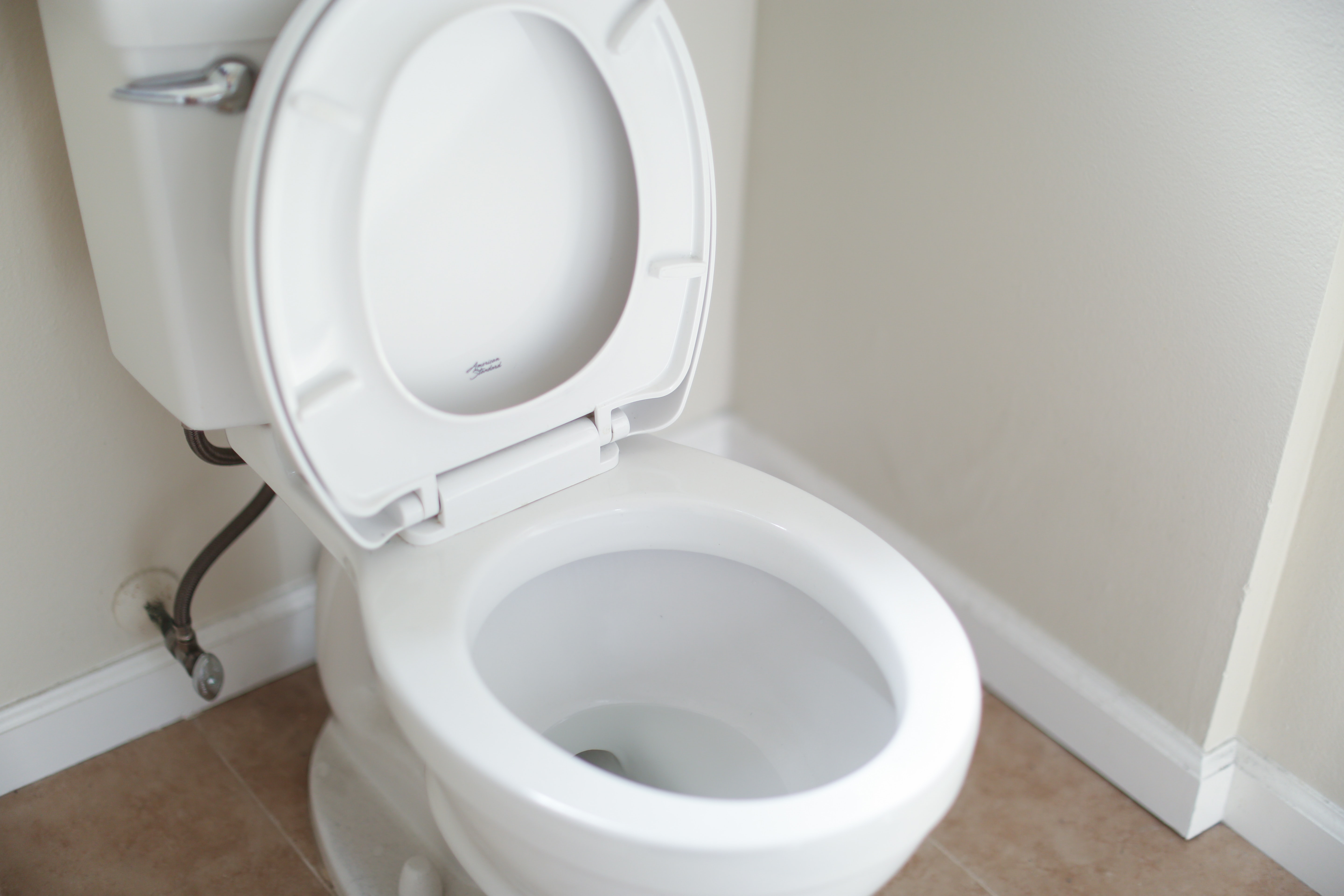 How to replace a toilet
How to replace a toiletNeed a new throne? You can upgrade your bathroom in an hour or so.
By Sal Vaglica Last updated
-
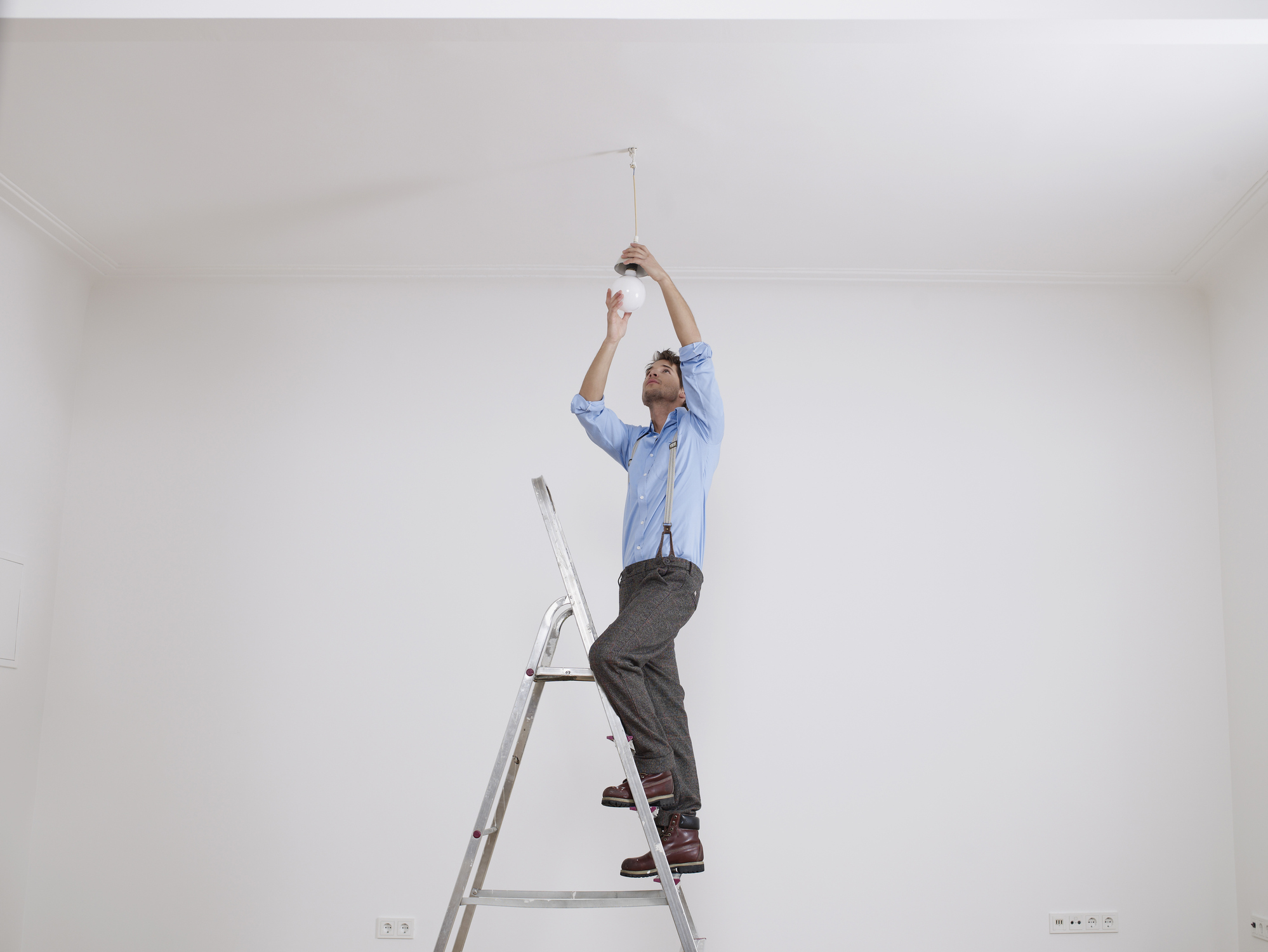 How to change a light fixture: An approachable DIY job that provides instant gratification
How to change a light fixture: An approachable DIY job that provides instant gratificationSave the fee of hiring an electrician with this basic installation that you can pull off with tools you probably already have
By Sal Vaglica Published